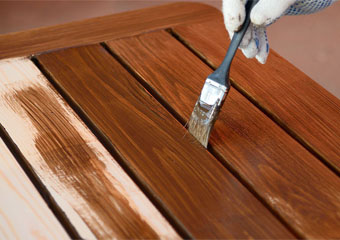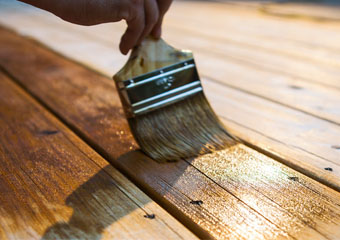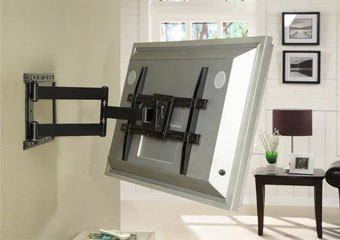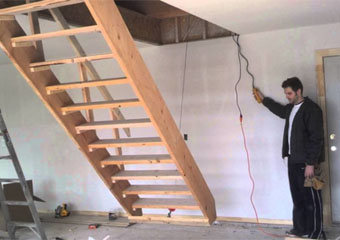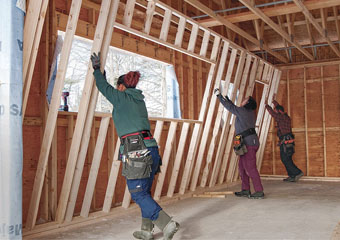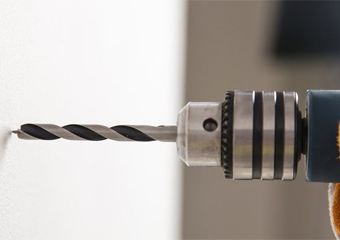Updated: 05/12/2020
How to Find Studs in the Wall
Almost all homeowners have gone through the agony of trying to find a stud wall in their home. Small things like hanging up mirrors, paintings, pictures, wall hangings, or towel racks can be horrible when you cannot find a wood panel behind the drywall. You might even need to find the perfect stud wall while adding a wall or breaking down a wall to make room for home improvement projects.
Studs in the wall help hold up the drywall that consists of rigid or inflexible gypsum-based boards that keep the walls of the house steady and firm at all times. Dry Walls and wall studs are necessary to give shape and form partitions to your home. A stud is basically a vertical member that helps form the wall or partition. Ideally, these are made of hard-bodied timber. While many people prefer steel-based studs in their walls for load-bearing, wood is also a popular element.
The right stud in the wall is essential to increase resistance to seismic activity and wind resistance. Finding the stud in the wall is another matter entirely. Let us help you in ways to find studs in the wall.
What are the Essentials of Stud Walls?
- Typical stud structures are approximately 16 inches apart. Older constructions may have them at 24 inches. They are usually not placed at more than 24 inches, since this can form stress points in the construct.
- Electrical boxes, additional wiring, and switches in rooms for outlets are attached to stud walls for extra strength and endurance. They are secured to a stud on the inside to help keep them steady.
- Studs help hold up drywall on the interior of the house, and wood and wood sheathing on the outside or exterior of the walls. The exterior is exposed to various elements like rainwater, wind, sun, and so on. Headers, footers, and studs are usually found on the corners, at the top or the bottom of walls.
- Walls also have studs on the corners of windows to hold and keep windows steady at all times. The strength and increased stability to windows come from studs in the walls.
- Most trimmings like baseboards, shoe mouldings, and crown mouldings are also nailed on to stud walls directly.
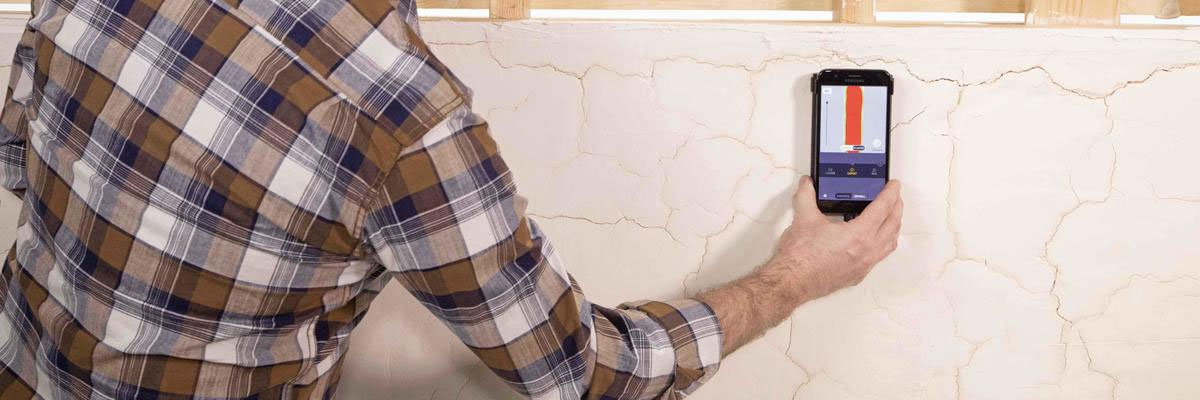
How to Find Studs in the Wall?
Locate Switches and Outlets: Like we’ve mentioned earlier, electrical boxes, switches, and outlets are mounted on wall studs. You can also knock on the wall for a more resonant sound, but this method is not always a guarantee of finding a stud in the wall. Ideally, measure approximately half to ¾ of an inch away from the electrical socket or box while drilling into the stud. You can also use this as a base point to start measuring 16 inches to find the stud in the wall.
Measure from the Corners: By measuring the corner of the room, you can get a fair idea of the next stud in the wall. If you’re unsure, use a stud finder starting from the corner of the room, and then spanning 16 inches each time till you reach the perfect stud in the wall. Once you get the approximate area that you need to check the stud, you can knock on the wall for the depth and sound of the stud. A hollow sound will usually indicate that there is no stud behind the drywall, but a solid and deep sound will help understand that there is a wood framework that you can use to drill and screw into with ease.
Search for the Trim: Baseboards are nailed to studs in the wall. Check if you can find the part that has been nailed to the stud, and measure 16 inches apart till you reach the needed spot. The nailed parts are usually filled in by dimples or holes that are painted or caulked. When searching for studs, it is essential to be doubly sure before you start screwing into the wall. Drilling and screwing into drywall that does not have a stud wall behind it might weaken the wall structure and cause damage to the structural integrity of the room.
Stud Finder: A stud finder is a fabulous tool that helps locate studs quickly. Most people who enjoy DIY home improvement projects find that using stud finders are a quicker, more convenient method than knocking on walls and drilling incorrect holes. You can benefit from the stud finder in multiple ways like hanging electronics like TVs, bathroom mirrors, racks, storage shelves, and much more.
Related Reads
How to Paint Wood
Updated: 08/12/2020How to Paint WoodExternal paintwork and maintenance is a tedious and time-consuming, but necessary job. While it is mostly ignored or procrastinated, it should be done early on to avoid huge costs later. It is tempting to make the interior look...
What Paint To Use On Wood?
Updated: 08/12/2020What Paint To Use On Wood?Everyone wants their house or property to look fantastic and gleaming throughout the year. The key to getting this beautiful look all year round is selecting the perfect paint for interior and exterior wood surfaces. Small...
How to Mount a TV on the Wall Without Studs
Updated: 07/12/2020How to Mount a TV on the Wall Without StudsTVs have gotten thinner in width, but better in quality and image resolution. Old clunky televisions with small screens and small bodies have slowly become obsolete. The newer generations of TV models have...
How to Install a Loft Ladder
Updated: 06/12/2020How to Install a Loft LadderGetting in and out of the loft can be a tedious task. A good quality loft ladder can help save a lot of time and can prevent mishaps from occurring. Most people in the UK use step ladders, chairs, or elevated footstools...
What is a Wall Stud?
Updated: 05/12/2020What is a Wall Stud?A wall stud is a vertical member that frames and forms the panels of the wall or of a partition. These partitions are known as wall studs, and are a common feature in most homes across the UK. These fundamental components help...
How to Drill a Hole in the Wall
Updated: 23/07/2020How to Drill a Hole in the WallGetting work done around the house is a necessity. Most of us need to drill holes into our home walls every once in a while. Purchasing cordless drills, different drill bits, and plugs are easily done online. The real...

